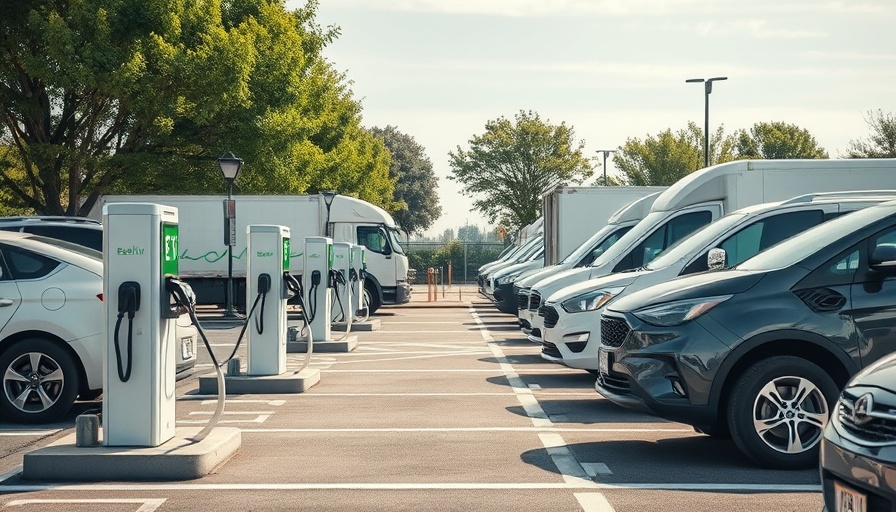
Understanding the Importance of Pedestrian Safety
As urban areas expand and sidewalks become less prevalent, many pedestrians find themselves navigating roads without proper walkways. The reality is that walking is an essential method of transportation for countless individuals, and safety must always be a priority. Pedestrian safety becomes even more critical in these circumstances, with statistics indicating that pedestrian fatalities have increased in recent years. According to the National Highway Traffic Safety Administration, in 2020 alone, more than 6,500 pedestrians lost their lives due to traffic accidents.
Sidewalks: The Ideal Solution for Safety
Sidewalks are designed to promote safety and comfort for pedestrians, providing a dedicated space separate from vehicular traffic. Unfortunately, not all roads afford this luxury. Areas with diverse infrastructure—including rural regions and developing suburbs—often lack sidewalks, necessitating a firm understanding of safety rules when walking on roadways. Understanding the basic rules for walking when sidewalks aren't available is crucial to staying safe.
What to Do When There Are No Sidewalks
The first piece of advice for pedestrians in areas without sidewalks is clear: walk facing traffic, as far to the left as possible. This guideline applies nationwide, as indicated by traffic safety organizations. For instance, New York’s Governor’s Traffic Safety Committee (GTSC) and Wisconsin’s Department of Transportation emphasize this point. It might seem counterintuitive—most vehicles operate in alignment with traffic flow—but pedestrian safety relies on being aware of oncoming vehicles.
Why This Rule Exists: The Logic Behind Facing Traffic
The reasoning behind this rule focuses on **visibility** and **awareness**. Walking toward oncoming traffic allows pedestrians to spot potential dangers from cars, trucks, and other vehicles while enabling quick evasive action if necessary. Unlike cyclists who have designated bike lanes yet share the road with cars traveling in the same direction, pedestrians must adapt to environments where infrastructure might not cater to them.
Counterintuitive Yet Essential: Awareness Over Direction
This safety approach prioritizes awareness and mindfulness while walking. Road conditions like uneven surfaces, protruding branches, and poorly lit areas can drastically affect visibility. Consequently, when pedestrians choose to walk with their back to traffic, they lose the ability to anticipate approaching dangers. Even in well-marked areas, the sound of tires approaching can be easily drowned out by other noise pollution. By staying alert and viewing traffic head-on, walkers significantly enhance their safety.
Practical Tips to Stay Safe on the Road
In addition to walking direction, several other proactive measures can enhance pedestrian safety:
- Wear Bright or Reflective Clothing: Especially in low-lit conditions, wearing bright colors helps make you noticeable on the road.
- Avoid Distractions: Stay off your phone while walking and remain aware of your surroundings.
- Plan Your Route: Choose roads that are less trafficked whenever possible.
Future Predictions: Where Are Sidewalks Heading?
As communities expand, there is hope that city planners and local governments will increasingly prioritize pedestrian infrastructure. More neighborhoods are incorporating mixed-use paths and rights-of-way that allow safer walk choices. Urban planners and advocates alike are pushing for highways to include pedestrian access, aiming for safer streets for everyone.
Explore Further on pedestrian safety and implement these practical insights whenever you venture onto roadways without sidewalks. Making informed decisions not only enhances individual well-being but sets a precedent that pedestrian safety matters—**for everyone**. Add Row
Add Row  Add
Add 



Write A Comment